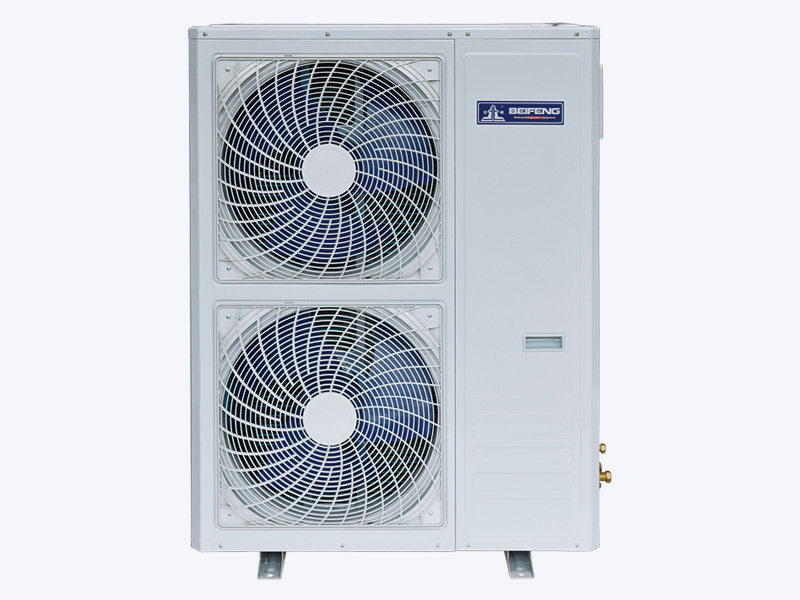The specific safety features incorporated into the design of the L CUA box-type unit vary depending on the model. However, common safety features found in such HVAC (Heating, Ventilation, and Air Conditioning) systems often include:
Overheat Protection: The double vent model L CUA showcases cutting-edge thermal sensors strategically placed throughout its structure. These sensors vigilantly monitor temperature fluctuations, instantly triggering an automatic shutdown or adjusting operational parameters when an overheat scenario is detected. This feature serves as a failsafe mechanism to prevent thermal damage to critical components.
Thermal Overload Protection: Incorporating state-of-the-art thermal overload protection, the L CUA goes beyond standard safety measures. This feature actively tracks the heat generated during operations, ensuring the unit remains well within safe temperature limits. In the face of impending thermal overload, the system takes proactive measures, such as adjusting its performance or initiating a shutdown, to avert potential fire hazards.
Pressure Relief Valves: The L CUA's resilience is augmented by precision-engineered pressure relief valves. These valves act as a dynamic pressure management system, releasing excess pressure within the unit. This not only prevents damage to critical components but also fortifies the overall safety of the system by maintaining pressure levels within prescribed limits.
Fault Detection and Diagnostics: Equipped with a sophisticated fault detection and diagnostics system, the L CUA operates as a vigilant guardian of its own functionality. Constantly monitoring diverse parameters, the system identifies anomalies or deviations from optimal conditions. Real-time diagnostics provide detailed insights, empowering timely and informed maintenance interventions to nip potential issues in the bud.
Emergency Shutdown Procedures: The L CUA doesn't just stop at standard shutdown protocols; it boasts a robust emergency shutdown system. This can be activated manually or automatically in response to critical failures or safety hazards. This rapid and controlled cessation of operations ensures minimal risk of damage to the unit and associated systems during unforeseen circumstances.
Fire Safety Measures: Fire safety is a paramount consideration in the L CUA's design. It incorporates not only fire-resistant materials but also deploys a comprehensive set of fire safety measures. From flame-retardant materials to compartmentalization strategies and integrated fire suppression systems, every aspect is meticulously engineered to mitigate the risk of fire and enhance operational safety.
Air Quality Monitoring: The L CUA takes a proactive stance on environmental safety with advanced air quality monitoring sensors. Constantly assessing the quality of circulated air, these sensors dynamically respond to deviations from acceptable standards. This ensures that the unit not only meets but exceeds regulatory requirements, making it a reliable choice in environments where air quality is non-negotiable.
Enclosure and Insulation: Safety is woven into the fabric of the L CUA through meticulous enclosure design and insulation strategies. By effectively isolating electrical components and minimizing the risk of accidental contact, the unit prioritizes user safety. This approach significantly reduces the likelihood of electrical hazards, ensuring a secure operating environment.
Secure Access Control: Security isn't an afterthought; it's ingrained in the DNA of the L CUA. Robust secure access control measures, including stringent authentication protocols and access restrictions, ensure that only authorized personnel have entry. This goes beyond mere security — it's a proactive stance against unauthorized interference or tampering, fortifying the unit's security and ensuring uninterrupted operation.
Double Vent Model L CUA Box-Type Unit

Double Vent Model L CUA Box-Type Unit


 English
English عربى
عربى 简体中文
简体中文












